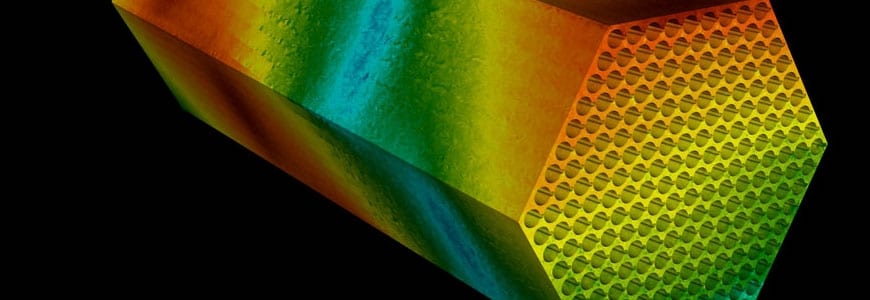By Rob Mitchum // November 15, 2016
As the U.S. Department of Energy’s (DOE’s) Exascale Computing Project (ECP) works towards its goal of creating computing systems at least 50 times faster than the nation’s most powerful supercomputers in use today, it needs research on how hardware and software will work together at these unprecedented speeds. As part of a 4-year $48 million funding award to tackle this challenge, the ECP recently selected four “co-design” centers, including one led at Argonne National Laboratory by CI Director Ian Foster.
Established in 2015, the ECP is responsible for the planning, execution and delivery of technologies necessary for a capable exascale ecosystem to support the nation’s exascale imperative, including software, applications, hardware and early testbed platforms.
But these different components can’t be designed in isolation from each other. The development of capable exascale systems requires an interdisciplinary engineering approach in which the developers of the software ecosystem, the hardware technology and a new generation of computational science applications are collaboratively involved in a participatory design process referred to as co-design.
The co-design process is paramount to ensuring that future exascale applications adequately reflect the complex interactions and trade-offs associated with the many new—and sometimes conflicting—design options, enabling these applications to tackle problems they currently can’t address.
“The establishment of these and future co-design centers is foundational to the creation of an integrated, usable and useful exascale ecosystem,” said ECP Director Paul Messina. “Following on the heels of our recent application development awards, these new centers signal the momentum and direction of ECP as we bring together the necessary ecosystem and infrastructure to drive the nation’s exascale imperative.”
“Co-design lies at the heart of the Exascale Computing Project,” said Doug Kothe, ECP Director of Application Development. “ECP co-design, an intimate interchange of the best that hardware technologies, software technologies and applications have to offer each other, will be a catalyst for delivery of exascale-enabling science and engineering solutions for the U.S. By targeting common patterns of computation and communication, known as “application motifs,” we are confident that these ECP co-design centers will knock down key performance barriers and pave the way for applications to exploit all that capable exascale has to offer.”
The Argonne-based CODAR, the Co-Design Center for Online Data Analysis and Reduction at the Exascale, was among the four selected centers in this first round of funding. Led by Ian Foster, Computation Institute Director and Argonne National Laboratory Distinguished Fellow, this co-design center will focus on overcoming the rapidly growing gap between compute speed and storage input/output rates by evaluating, deploying and integrating novel online data analysis and reduction methods for the exascale.
Working closely with Exascale Computing Project applications, CODAR will undertake a focused co-design process that targets both common and domain-specific data analysis and reduction methods, with the goal of allowing application developers to choose and configure methods to output just the data needed by the application. CODAR will engage directly with providers of ECP hardware, system software, programming models, data analysis and reduction algorithms and applications in order to better understand and guide tradeoffs in the development of exascale systems, applications and software frameworks, given constraints relating to application development costs, application fidelity, performance portability, scalability and power efficiency.
“Argonne is pleased to be leading CODAR efforts in support of the Exascale Computing Project,” Foster said. “We aim in CODAR to co-optimize applications, data services and exascale platforms to deliver the right bits in the right place at the right time.”
In addition to CODAR, the ECP also funded the Block-Structured AMR Co-Design Center, the Center for Efficient Exascale Discretizations (CEED), and the Co-design center for Particle Applications (CoPA). You can read more about these centers at the ECP website.

